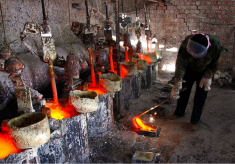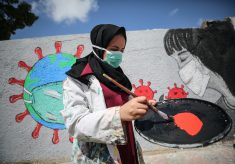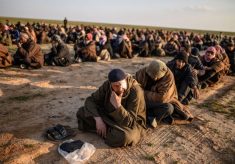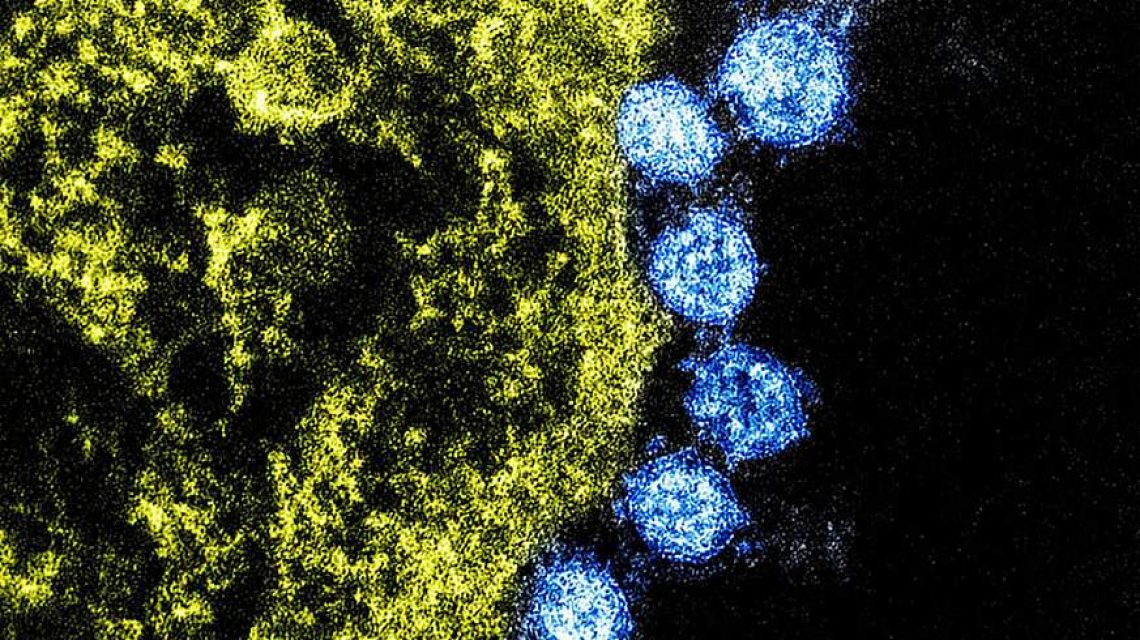
Archive



Ukraine’s government under massive cyberattack
27 January 2022

The Kremlin and its “Russian Facebook”
24 December 2021

The impact of Covid-19 on world (dis)order
30 May 2020


Operation IRINI: shoring up the Mediterranean stability
30 March 2020

Will Coronavirus reshape NATO’s strategic priorities?
26 March 2020

COVID-19: its effects on wildlife trade and trafficking
25 February 2020

ISIS legacy: main challenges
18 February 2020

Coronavirus and its strategic impact
31 January 2020


